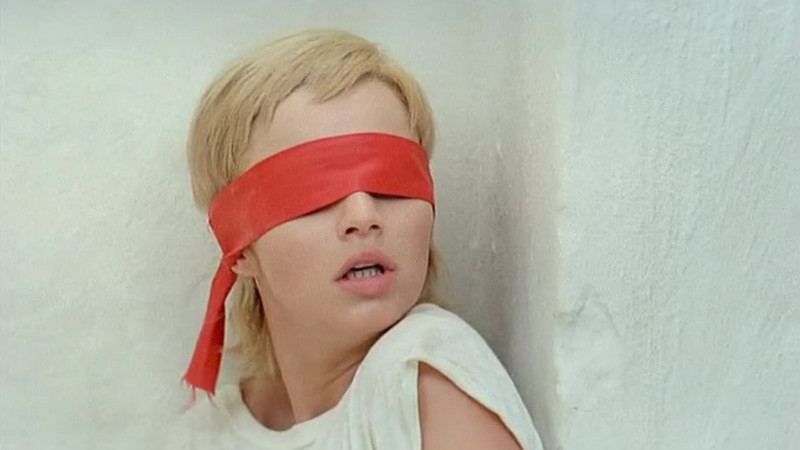
Eroticism: one word, two semantic aspects. There’s a both exhilarating and painful stir in having, approaching, or even fantasizing an erotic interplay. Such sensations touch those very thin nerves that bond the most sensitive and irritable areas of our mind and body, sometimes delicately yet sometimes brutally. But a sexual stimulation outreaches the limits of a psychosomatic requirement, caressing the deepest and most terrifying layers of an existential abyss.
Sexuality has always been one of the most taboo topics. Why? Because sexuality describes our nature’s most vital ingredients, and to explore it means to explore a multidimensional hidden self. This is a quite complex and disturbing procedure, as it develops fundamental functions and relationships on a personal level. Nevertheless, once you decide to dive in it and feel its entire quality spectrum, you’ve managed to accept an enormous part of yourself.
It seems that only few cinephiles have watched the following films. All of them approach the humane erotic urges from various different standpoints, quintessentially and visually speaking. Watch them if you are willing to follow the direct and indirect erotic and sexual adventures of their heroes, test your own limits of acceptance, and penetrate into the equivocal essence of eroticism.
10. Cold Showers (2005)
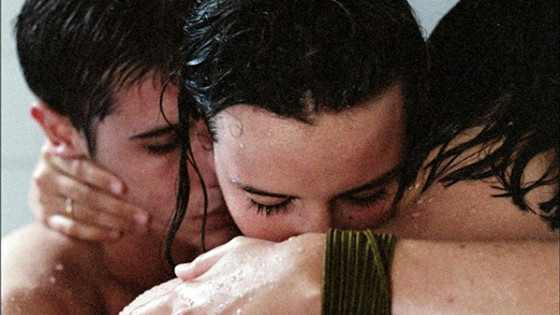
“I won’t hide. Yeah, I’m ready to meet the monster tonight. Big black beast, take me with you. What a monster, what a night. What a lover, what a fight. Big black beast, take me with you.”
Mickael, the introverted and at once calm and furious teenage hero of Antony Cordier’s 2005 “Cold Showers,” vocalizes this poem during the first minutes of the film. Later on, his liberated and physically exposed girlfriend, Vanessa, brashly analyzes the sexual meaning of these words. This poem, in its simplicity and raw beauty, effortlessly delivers the film’s unfeigned quintessence.
The story develops around Mickael and his internal battles, as he moves through adolescence— the most complex and awakening stage of his life. At the present time, Mickael is placed in the middle of a circumstantial triangle, which is formed by a demanding judo career, a dysfunctional domestic environment, and his unconventional long-time relationship with Vanessa. Sorely balancing in the middle of this triangle, the numbed boy is found on the threshold of collapsing or fighting back.
There’s a critical point for the story’s progression and exposition, defined by the introduction of one of Mickael’s co-athletes in his erotic relationship with Vanessa. The three of them have sex. Their youthful and uncompromising sexual unit becomes a trance that she enjoys and he despises. At this point, we realize that this is a story about Mickael, while Vanessa is more of an idea than a character. What it really matters is Mickael’s reaction toward his own sexuality, including every soft and hard texture of its foundation.
9. Lovers Are Wet (1973)
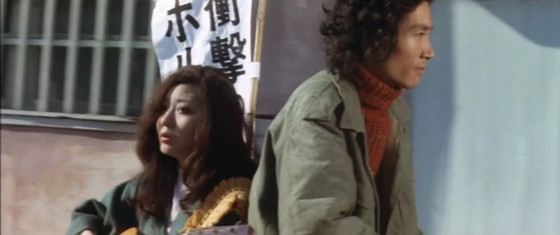
“Lovers Are Wet,” a title that remotely describes the content of its story and characters, gives a sarcastic name to a painful picture that explores the sentimental, ethical and existential decay of an identifiable past, which is still found somewhere between us in various different forms. Sometimes bleak, sometimes disturbing and sometimes stolid, this is a film about the dark side of sex, among other themes.
As he returns to his small coastal hometown in Japan, the film’s displeasing and miserable protagonist focuses on hiding his identity. It’s obvious that a criminal act tarnishes his past. Still, he has returned to this sadly charming rural setting, leading his wasted existence in a total disaster. After taking a job in the local cinema hall, which mainly projects pornographic films, he gets involved in a masochistic and inflictive relationship with the female owner.
Tatsumi Kumashiro is a Japanese director known for his contribution to the Pink Film Movement. Nevertheless, his work ostensibly highlights the bleak aspect of the human sexual functions. In this case, his protagonist’s moments with his older mate have nothing to do with sharing and clean emotional stimulation.
This mentally decomposed mind uses his sexuality as a weapon, in order to harm others, and essentially, punish and repeal his own self. Watching a couple making love in the dunes, his eyes struggle to comprehend the act’s strange essence of affection.
8. Red Road (2006)
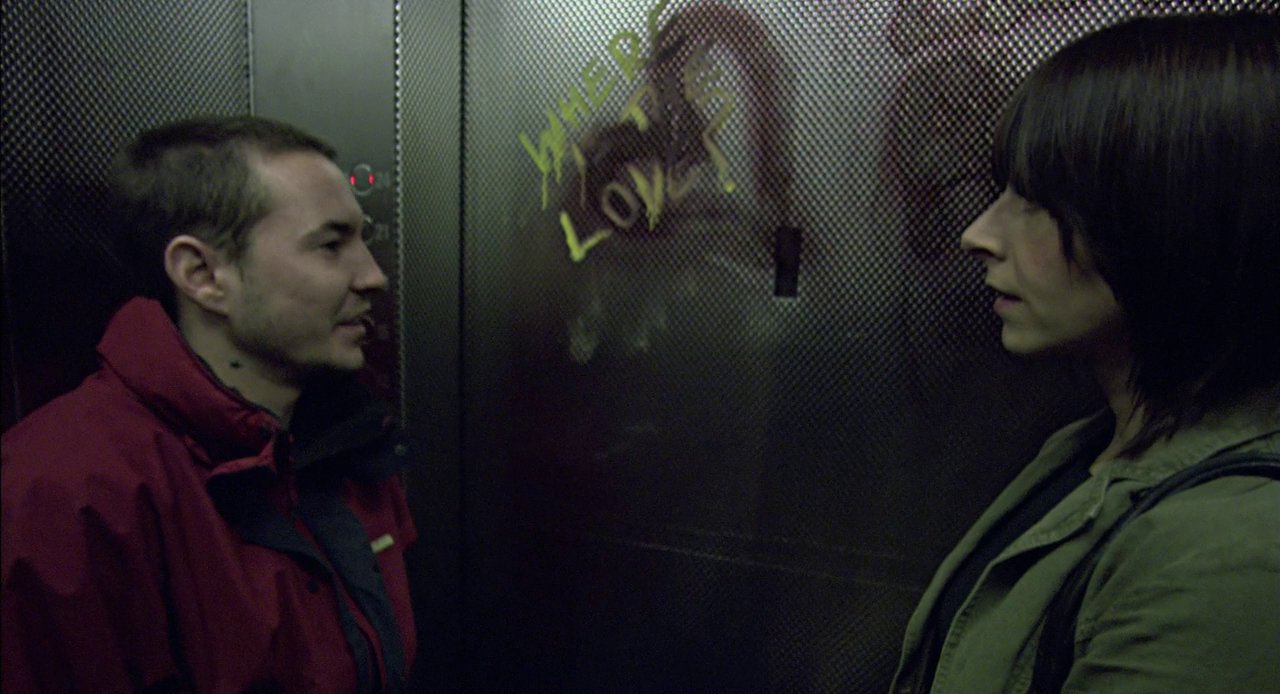
Andrea Arnold’s first feature film “Red Road” is an obscure, naturally lightened and almost non-narratively given ambulation over contradiction. Observing a small grim part of Glasgow through the eyes of a hurt and lonely CCTV operator, this is a bravely exposing and sincerely penetrating dive into a conscience that suffers. Unpleasant for the eyes and mind, Arnold’s debut displays an unparalleled exploration of our instincts’ raw materials.
Jackie is the story’s foggy and lonesome heroine. Her energy, thoughts and hours are completely consumed by the numerous screens that she carefully watches every single day. These screens manage to open a window in a shady yet full of activity and interest world. Jackie’s dedication on this world’s detail and frantic decadence reveal a voyeuristic side of a wrecked, even twisted mind. Until, she recognizes a man that seems to have played a catalytic role in Jackie’s tormented past.
Following the strict technical lines of Dogme 95, the picture’s narrative structure doesn’t serve any scope of contextual facilitation for the viewer’s sake. Jackie’s motives to stalk a man and strive for an intercourse with him are never revealed until the very end.
However, it’s easy to sense that he has carved a wound in her heart‒ a wound that still bleeds and burns her every day. But the contradiction is found in the deeper complexity of her motivation. A part of her seeks revenge, while another keeps her fascinated. Their intercourse is at once raw and purgatorial.
7. Women in Love (1969)
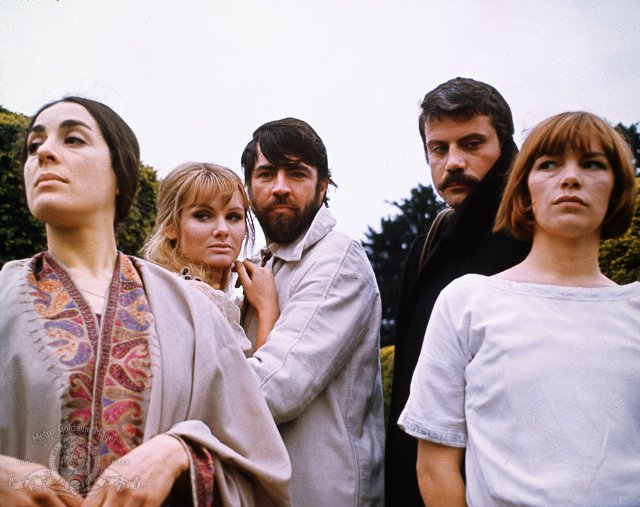
Set at a definite, strict and formalistic social environment of Europe during the 1920s, Ken Russell’s “Women in Love” attempts to philosophize the quintessence of eroticism, loosely stray from the paths of various commonly accepted norms, and scatter in our nature’s indistinct impulses. Disguising a liberated world of sentiments and versatile desires in the fanfare of the era’s styles, Russell creates a quite entertaining and revealing motion picture.
At first sight, it seems that the film is meant to describe the antithesis between two dissimilar couples, as they evolve in their erotic relationships. Essentially, this is a very basic start line for the context’s development.
Of course, the picture’s dialogues and subtle cinematography techniques point out the contradiction of the couples on every level, from communication to lovemaking. Progressively, yet, a prevailing atmosphere of liberty affects and conquers every relationship, in every possible direction.
Oppressed lust, erotic lyricism, and emotional liberation overwhelm the idealistic foundation that is the British film “Women in Love.” If you generally enjoy the strictly geometric norms and shiny labels, this film isn’t for you. But if you yearn for caressing the different textures of every human interaction with bare hands, you may enjoy its psychological burst and existential expression.
6. Immoral Tales (1973)
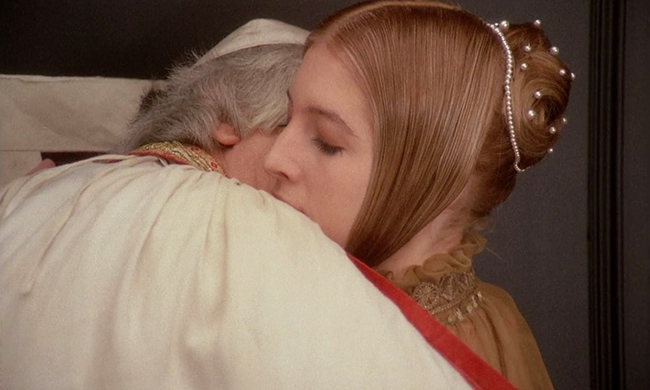
Balancing in between visual extremity, art and moral ambiguity, Walerian Borowczyk’s “Contes Immoraux” could shock almost every viewer. The Polish director indeed means to shock his audience in various ways related to moral principles, traditional values and pictorial tolerance. His simultaneously stunning and disturbing motion picture could be exclusively enjoyed only by Marquis De Sade. Still, if one is brave enough to face its physical and ethical nudity, they’ll post a very honest question to themselves.
The picture encloses four short stories of extravagant sexual interplays that decompose and challenge social and religious standards. A two-dimensional timeline begins from the present and moves back, toward the dark medieval years, while at the same time it begins from a human’s mature age toward the first stage of life. In this course, the showcased sexual activities involve socially unaccepted encounters, esteemed religious figures, as well as ambiguous historical characters.
An orgy of melted ethics and long-standing stereotypes which is drawn upon a both guiding and restricting intellectual canvas of tradition and history, this piece is nothing more than a provocative satire. Its quintessential scope is the dispute of the enforced guilt and commitment to unnatural commands, especially when the commanders are the first ones to surrender to their oppressed nature.